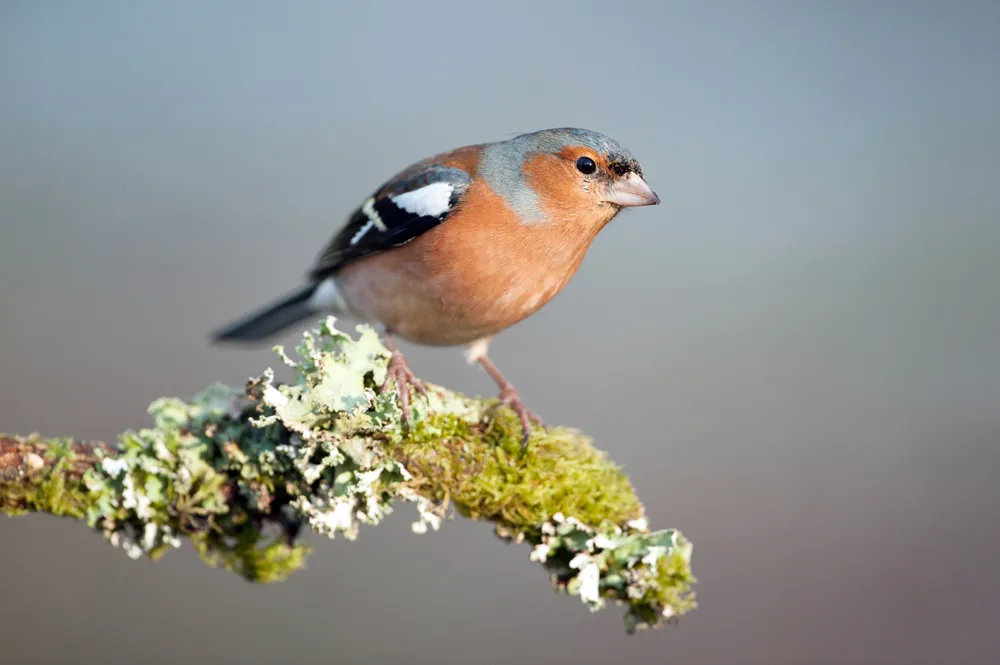Citation

Overview
Infectious disease has been linked to population declines across multiple taxa, including birds, and it is important that we understand how anthropogenic factors, such as urbanisation and the provision of supplementary food at garden feeding stations, may influence its occurrence and impact.
In more detail
Acknowledgements
We would like to thank all the volunteer bird ringers, nest records and BBS surveyors who contributed to the BTO datasets used in this research. We also thank the members of the public and participants in the British Trust for Ornithology's Garden BirdWatch (GBW) survey who reported observations of garden bird mortality and veterinarians who conducted some of the wild bird post-mortem examinations included within this study (including Katie Beckman, Lydia Franklinos, Joseph Heaver and Vicky Wilkinson). We thank Dario Massimino for providing habitat specific BBS trends.
Funding
The BTO part of this work was funded through the generosity of our members and supporters who contributed to the BTO Chaffinch Appeal, a gift from the Estate of Helga Rettke in memory of her son, Ralph Rettke-Grover and a grant by The Mitchell Trust.
Financial support for the Garden Bird Health initiative (2005-2012) came from the Birdcare Standards Association, British Trust for Ornithology, British Veterinary Association Animal Welfare Foundation, CJ Wildbird Foods, Cranswick Pet Products, UK Department for the Environment Food & Rural Affairs (Defra) and Welsh Government through the Animal & Plant Health Agency’s (APHA) Diseases of Wildlife Scheme (DoWS) Scanning Surveillance Programme (Project ED1600), Gardman Ltd, Institute of Zoology, Royal Society for the Protection of Birds and the Universities Federation for Animal Welfare.
Funding for the Garden Wildlife Health Project since 2013 came from the Banister Charitable Trust; Defra and the Welsh Government and the APHA DoWS; the Esmée Fairbairn Foundation, the Garfield Weston Foundation and the Universities Federation for Animal Welfare. IoZ staff receive financial support from Research England. The BTO/JNCC/RSPB Breeding Bird Survey is a partnership jointly funded by the BTO, RSPB and JNCC (on behalf of Natural England, Natural Resources Wales, NatureScot and the Department of the Environment Northern Ireland), with fieldwork conducted by volunteers. The BTO Ringing and Nest Record Schemes are funded by a partnership of the BTO and the JNCC, with the Ringing Scheme also funded by The National Parks and Wildlife Service (Ireland) and the ringers themselves.
Abstract
The influence of supplementary feeding of wildlife on disease transmission and its consequent impacts on population dynamics are underappreciated. In Great Britain, supplementary feeding is hypothesised to have enabled the spread of the protozoan parasite, Trichomonas gallinae, from columbids to finches, leading to an epidemic of trichomonosis and a rapid population decline of Greenfinch (Chloris chloris). More recently, Chaffinch (Fringilla coelebs), has also declined markedly from the second to fifth commonest bird in Britain. Using citizen science data, we show that both declines were driven primarily by reduced adult survival, with the greatest reductions for Chaffinch occurring in peri-domestic habitats, where supplementary food provision is common. Post-mortem examinations showed a proportional increase in Chaffinch trichomonosis cases, near-contemporaneous with its population decline. Like Greenfinch, Chaffinch often use supplementary food, but are less associated with human habitation. Our results support the hypothesis that supplementary feeding can increase parasite transmission frequency within and between common species. However, the dynamics behind resultant population change can vary markedly, highlighting the need for integrating disease surveillance with demographic monitoring. Other species susceptible to T. gallinae infection may also be at risk. Supplementary feeding guidelines for wildlife should include disease mitigation strategies to ensure that benefits to target species outweigh risks.


